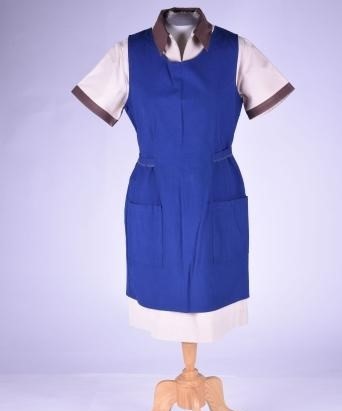It’s a never-ending debate – which Arnott’s biscuits are the best?
Many of the Arnott’s biscuits you know today were originally produced by South Fremantle-based company Mills and Ware. For years, it was the largest supplier of biscuits and cakes in the State.
In Boola Bardip’s Reflections gallery, we’ve injected a little nostalgia into the delicious world of biscuits to highlight aspects of a local company which was powered by an unusually large number of women and migrants working in its factory.

The last packets of biscuits produced at the factory were sealed in acrylic boxes with argon gas to preserve them, pictured above. There are still biscuits in these packets.
Established in Cottesloe in 1898 before moving to a factory in South Fremantle in 1899, Mills and Ware became one of the largest industrial employers of women in WA. When the factory finally closed in 1992 (after the company became Arnott’s, Mills and Ware and later just Arnott’s) 90 per cent of their workforce were women and 75 per cent were born overseas.
“We wanted to give people a general idea of the role the biscuit company played in the WA community, but also how practices of work have evolved and changed over time, like occupational health and safety,” says Erica Boyne, a curator in the WA Museum’s history department.

The pictured work uniform was worn by Sylvia Plumley. Women's uniforms were introduced in 1973 to prevent workers' clothing from getting dirty or caught on something. |
“In 1973, workers were required to wear uniforms for the first time for their safety. They settled on a biscuit colour for the women – because white got too grubby – with blue aprons over the top.” Women in the Mills and Ware factory wrapped, iced and packed the biscuits, first by hand and then with the help of machines. Included in the Reflections gallery display is a woman’s uniform, biscuit cutters and a popular selection of the last 10 packages of biscuits ever made at the factory. They were preserved with argon gas in acrylic cases. There are also oral histories from three workers talking about different aspects of their experiences at the factory. In 1914, the company was producing over 50 types of biscuits and they were doing them all by hand. To offer another glimpse into the past, there’s a tactile and interactive activity for kids to sort biscuits. It gives you an idea of how the biscuit conveyor worked – and how fast you must go to not let any of the biscuits hit the floor.
|
